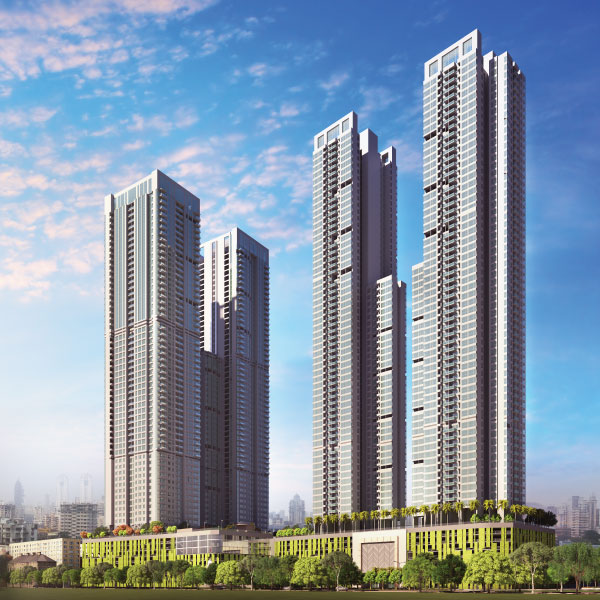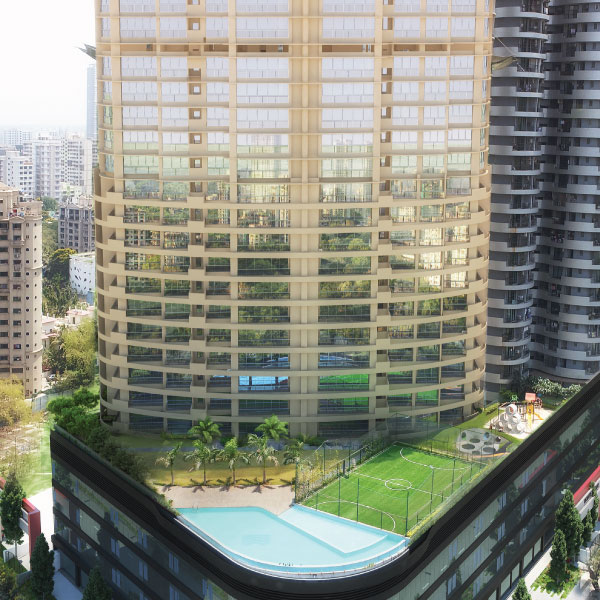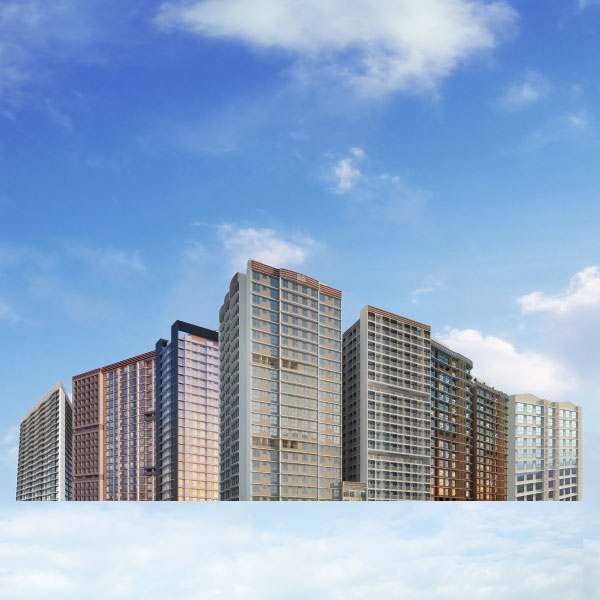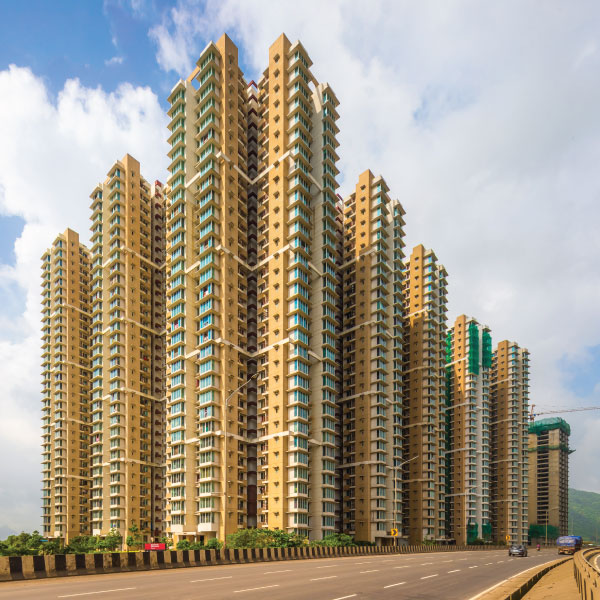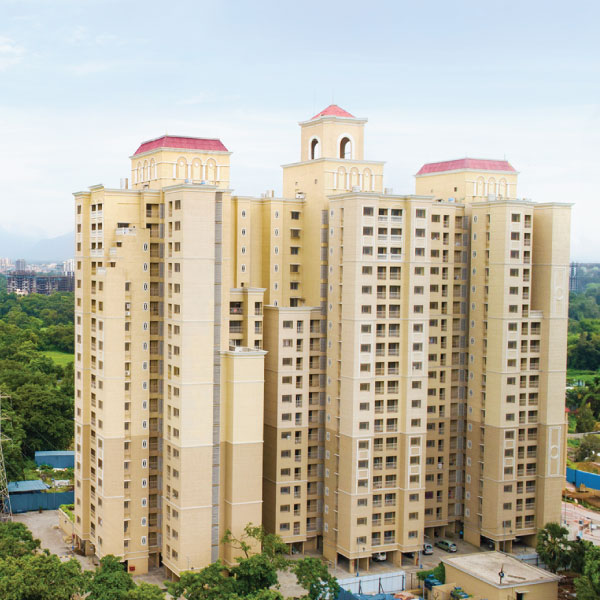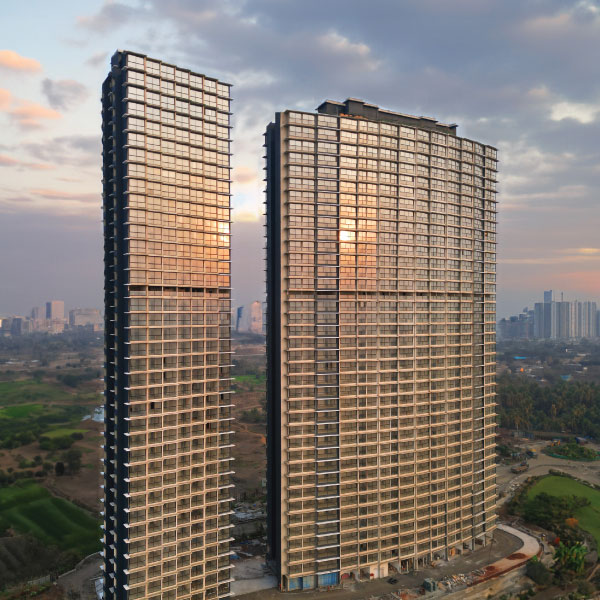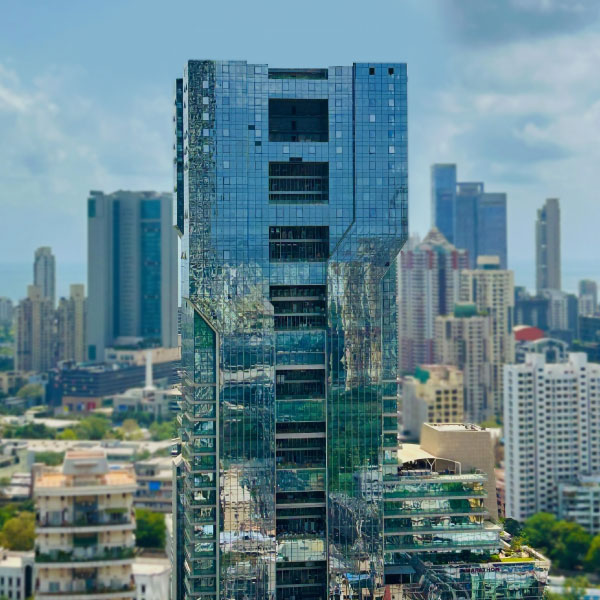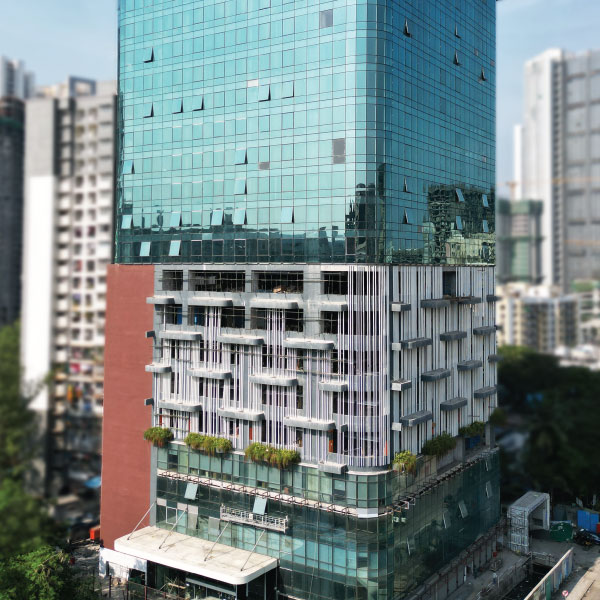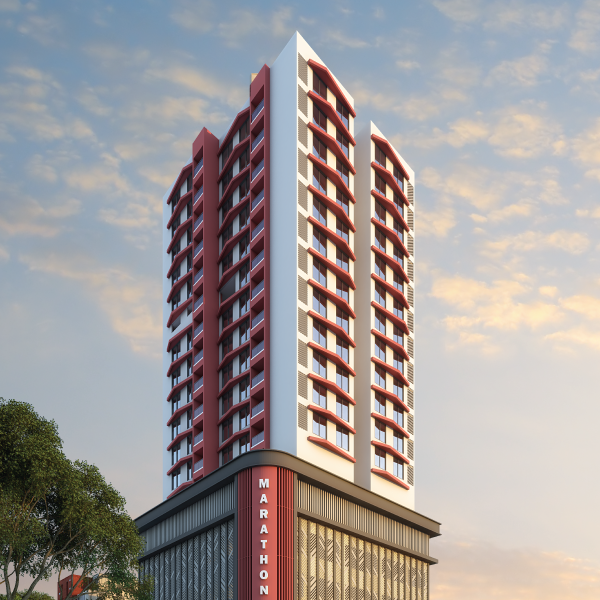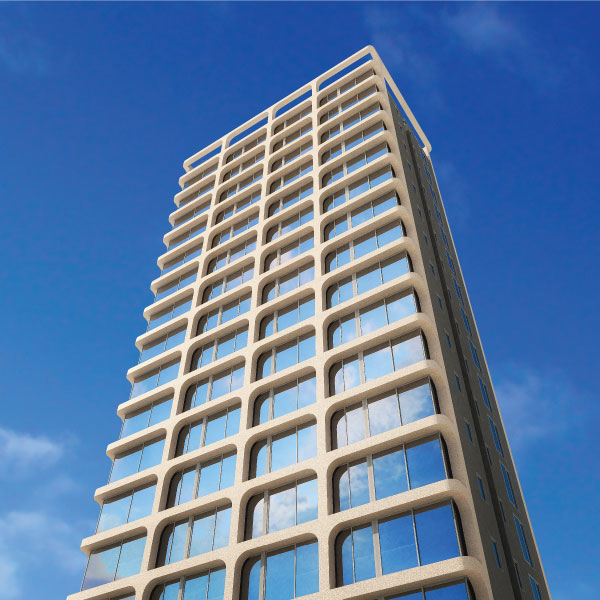All You Need to Know About Third Mumbai
Last Updated on, April 29th, 2024

Mumbai has been a major financial centre of India for over a century. It has been the fastest-growing metro city in the world. The economic growth of Mumbai attracted people from all over the country. The rise in population led to a surge in demand for housing and infrastructure.
For decades, Mumbai expanded northwards along the Western and Central Railway lines, but this expansion isn’t sufficient to cater to the rising demand.
To alleviate the strain on Mumbai’s infrastructure and create room for further development, a new satellite city, Navi Mumbai, was created in the 1980s. The development of Navi Mumbai influenced the real estate landscape. As people and businesses migrated to this planned city, it offered a more organized and spacious living environment. The real estate in Navi Mumbai was much more affordable than in Mumbai.
Today, 3-4 decades after the success of Navi Mumbai, the State Government is trying to replicate the success of the satellite city. It is looking at the city’s periphery to create another satellite city – the Third Mumbai. The mega infrastructure projects like Mumbai Trans Harbour Link (MTHL), and Navi Mumbai International Airport are facilitating the further expansion and creation of Mumbai 3.0.
What Is Mumbai 3.0?
The MTHL, which is now operational, is a real game changer for Navi Mumbai, Mumbai and the upcoming Mumbai 3.0. It transforms the everyday travel experience. You can commute from Navi Mumbai to South Mumbai in 20 minutes via MTHL, the same route earlier took 2 hours. This will boost the demand for real estate in the micro-markets of Panvel, Ulwe, Pen, and various regions around Mumbai 3.0, which have a direct linkage to MTHL. Moreover, people can buy properties in these regions at almost 30-40% of the price compared to Central and South Mumbai.

Which Areas are included in Mumbai 3.0?
The futuristic development happening around Panvel and the upcoming International airport is termed Third Mumbai. Many regions like Panvel, Ulwe, Neral-Karjat, Kalyan, Navi Mumbai Airport Influence Notified Area (NAINA), and Taloja are seeing a spur in economic activities and infrastructure development.
The Mumbai Metropolitan Region Development Authority (MMRDA) will play a crucial role in developing Mumbai 3.0. It has created a new body named New Town Development Authority (NTDA) which is overseeing the transformation of Ulwe, Pen, Panvel, Uran, Karjat and many more villages surrounding the Navi Mumbai Airport Influence Notified Area (NAINA). The Mumbai 3.0 will approximately cover an area of 300-400 sq. km.

NAINA will consist of 270 villages from Uran, Panvel, Karjat, Khalpur and Pen talukas of Raigad district. The NAINA project is being implemented through 12 town planning schemes.
The proposed Third Mumbai or NAINA will focus on robust infrastructure, an amalgamation of affordable and luxurious housing, and improved transport facilities. The Third Mumbai is envisioned as a fully developed city with residential and commercial towers, banks, data centres, sports facilities, educational universities, government offices, and knowledge parks.
Devendra Fadnavis, Maharashtra’s Deputy Chief Minister, added – “We plan to develop infrastructure, knowledge-based industries, and analysis facilities across the Neral-Karjat area. Contemplating this, the federal government has taken numerous infrastructure tasks”.
Third Mumbai & Its Impact on Real Estate
The demand for real estate in Third Mumbai will significantly increase as it falls equidistant to both IT and startup hubs – Pune and Mumbai. Since it is also near JNPT and the upcoming airport, this strategic location can also foster plenty of economic activity.
The Mumbai 3.0 region has enough potential to develop into a business hub with multiple road infrastructure projects providing fast connectivity.
Some mega infrastructure projects in this region are the Mumbai Trans Harbour Link, the upcoming Navi Mumbai International Airport, the Virar Alibaug Multimodal Corridor, and the Panvel Karjat Rail Corridor. All these projects will improve connectivity and create traction in Third Mumbai’s real estate market and the surrounding regions.

The demand for township projects like Marathon Nexzone in Panvel will increase in the coming years. Projects that are in proximity to MTHL and Mumbai 3.0, like Nexzone, maybe the most preferred ones. Marathon Nexzone is the finest township at Panvel offering affordable and ultra-luxurious flats with valley views. It has 1, 2, and 2.5 BHK homes with open spaces, retail promenade and recreational amenities like a swimming pool, clubhouse, gymnasium, and jogging track.
Future Outlook
The Maharashtra State Government, along with NITI-Aayoog are collaboratively working to elevate Mumbai’s GDP from the current $140 billion to $300 billion by 2030. The Third Mumbai will play an important role in driving this economic growth.
Today, this development is at a nascent stage. It is the right time to invest in Panvel and surrounding regions and reap long-term capital appreciation. Now is the right time to be a part of the growth story of Third Mumbai.


